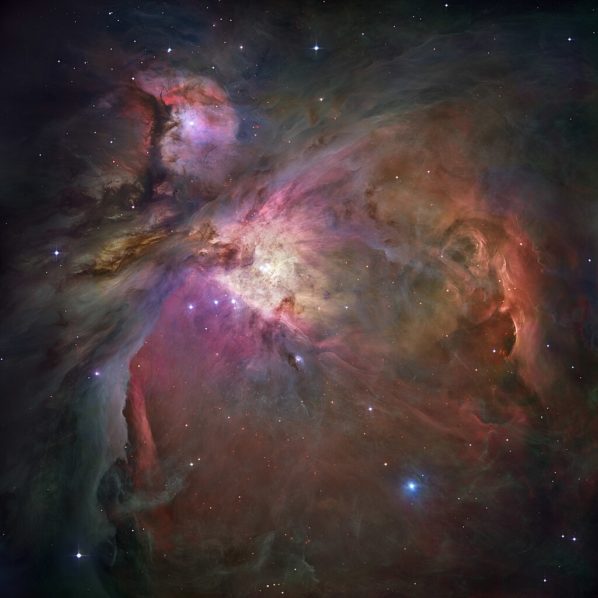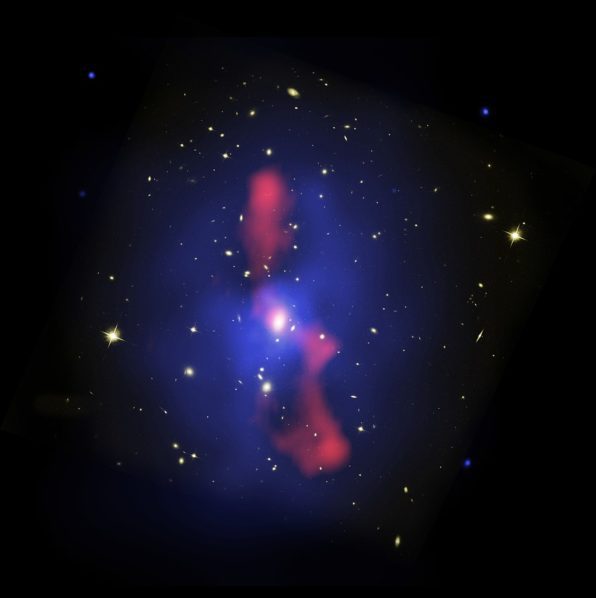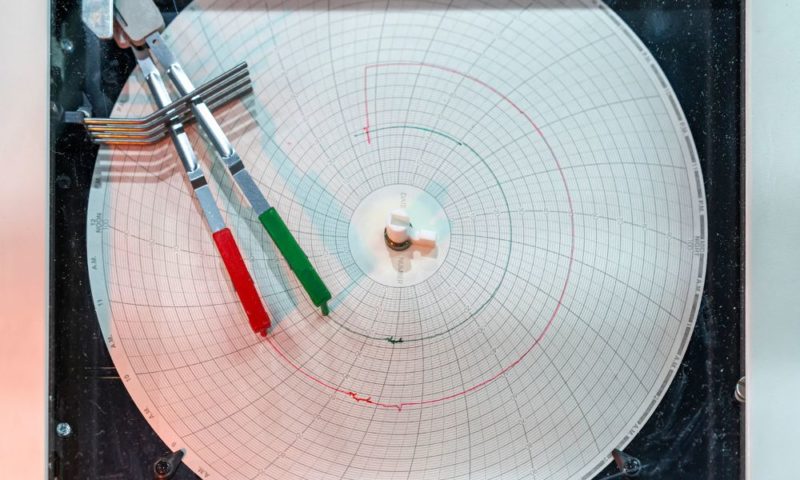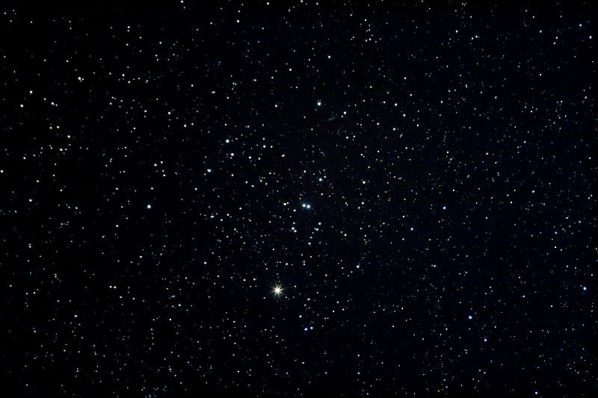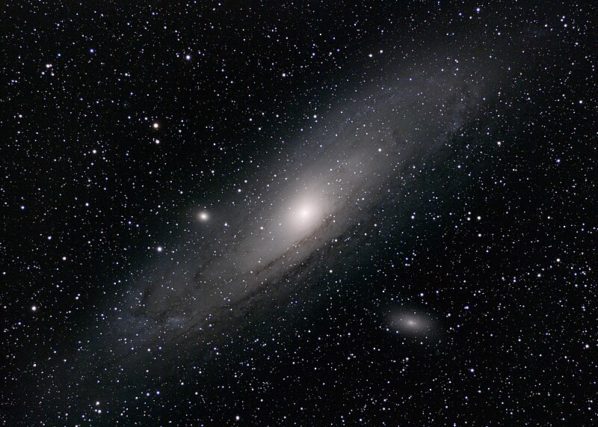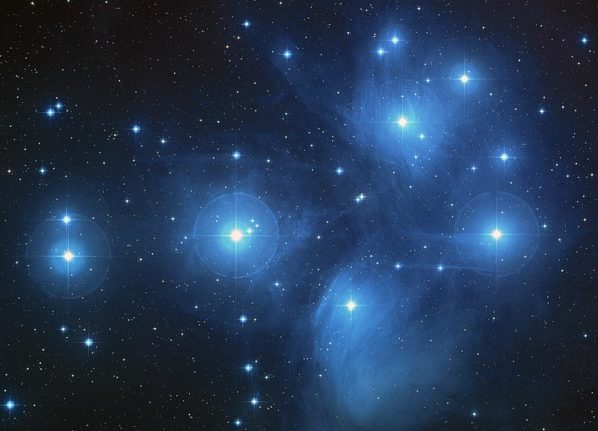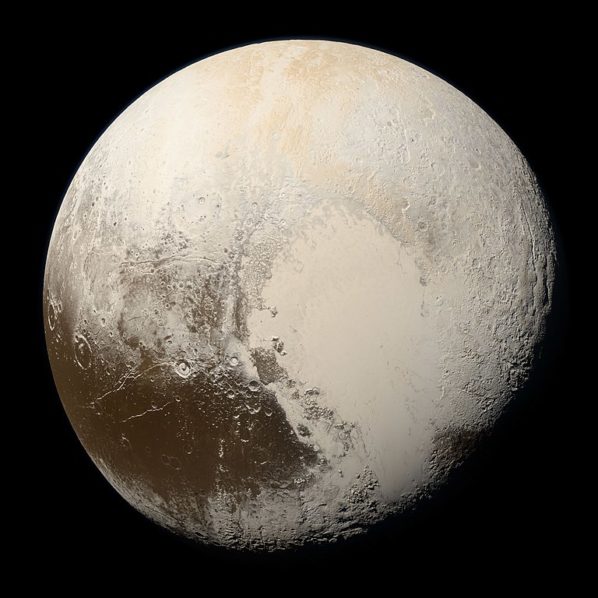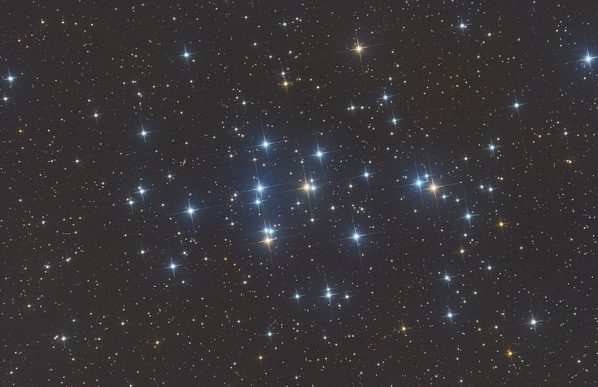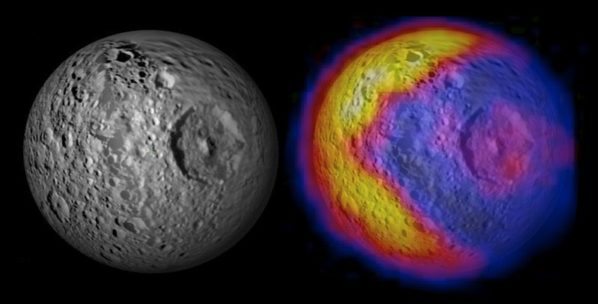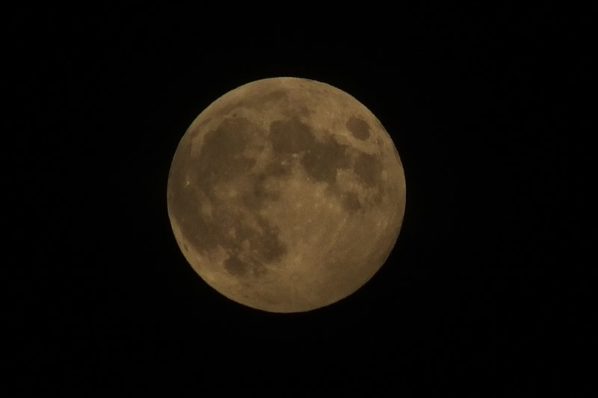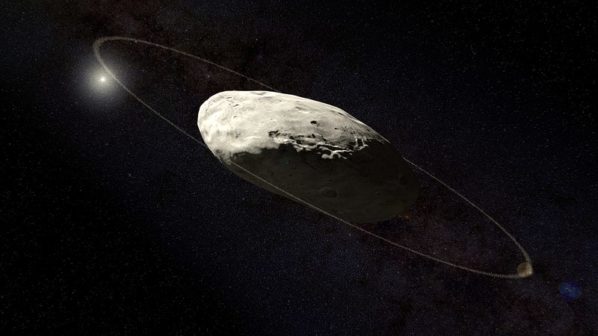Stargazing Calendar for December 2023
Explore the celestial wonders of December 2023 with meteor showers, planetary alignments, and cosmic events that paint the night sky. Discover the grandeur and beauty of astronomical phenomena in this captivating journey through the stars.
5 Types of Neglected Infrastructure That Can Cause Disaster
Iconic bridges symbolize many cities. But bridges and other structures don’t last forever. Here are 5 types of neglected infrastructure that can cause disaster.
Galaxy Cluster MS0735 – Three Telescopes Show a Very Different Picture
Unveiling the Mysteries of Galaxy Cluster MS0735: Explore the enigmatic cluster through optical, X-ray, and radio lenses, revealing the colossal scale of a supermassive black hole's impact and the intricate dance of forces within this captivating galactic cluster.
How Cities Prepare and Respond to Natural Disasters
Cities can't avoid natural disasters, but they can effectively prepare. Learn about the planned disaster response that urban areas regularly practice.
4 Reasons Why Chart Recorders Are Better Than Data Loggers
Recording data is only possible with a reliable system in place. Learn about the four reasons why chart recorders are better than using data loggers.
Stargazing Calendar for November 2023
November 2023 brings celestial spectacles: meteor showers, planetary oppositions, and captivating conjunctions. Don't miss these cosmic events!
The Importance of Road Construction in Society
Road construction plays a more crucial role than one would think. Here’s the importance of road construction and its significant impact on society.
Stargazing Calendar for October 2023
October's night sky is set to dazzle with celestial spectacles. From planetary alignments to meteor showers and eclipses, don't miss these captivating astronomical events.
What Is the Average Lifespan for Construction Equipment?
Optimize your operations on jobsites by learning the average lifespan of construction equipment. Click here for more information and advice.
Top Hobbies That You Can Do in Your Garage
If you’re in need of a dedicated space to hone your skills and explore your passions, look no further than your own garage. Start exploring new hobbies today!
Stargazing Calendar for September 2023
This month, the night sky beckons with a captivating celestial lineup. Look forward to the intriguing dance of planets in conjunctions, the mesmerizing streaks of meteors during showers, and Venus radiating at its brightest. Don't miss the chance to witness Comet Hartley 2's close encounter or the majesty of the 47 Tuc globular cluster. The September sky promises a celestial spectacle for all to enjoy!
Stargazing Calendar for August 2023
Get ready for a celestial spectacle in August! This month promises a series of exciting events in the night sky, including many conjunctions, meteor showers, and oppositions of asteroids and Saturn. Whether you're a seasoned stargazer or a curious observer, there's plenty to look forward to in the awe-inspiring cosmic events unfolding above us.
Stargazing Calendar for July 2023
Get ready for a month filled with celestial wonders! In July, Mercury transitions in the sky, Venus and Mars dance closely, and comets reach perihelion and perigee. Don't miss the supermoon, many conjunctions, asteroid 15 Eunomia and Pluto at opposition, three meteor showers, and other breathtaking events. Grab your telescope and prepare for a dazzling show in the night sky throughout the month of July.
Important Precautions for Working Safely on Cars at Home
Master your mechanical skills from your house! But first, you must remember to implement these important precautions for working safely on cars at home.
5 Reliable Ways To Make a City More Inclusive
For social development and performance, cities must focus on everyone’s needs and offer solutions. Learn five reliable ways to make a city more inclusive.
Stargazing Calendar for June 2023
Hello fellow stargazers! June offers a range of astronomical events, including Mars and M44's close approach, many conjunctions, and asteroid Parthenope at opposition. Meteor showers like the Daytime Arietids and June Bootids also grace the sky. Don't miss them!
Saturn’s Moon Mimas Looks Like Pac-Man In Infrared
In an earlier article we have showed you how Saturn's moon Mimas totally looks like the Death Star from the Star Wars movies. Now it seems that Mimas also looks like Pac-Man from the 1980s video game when seen in infrared.
Stargazing Calendar for May 2023
Hello fellow stargazers! This month the big event will be a penumbral lunar eclipse, but there are also two meteor showers, two comets at perihelion, many conjunctions, and one near-Earth object making a close approach to Earth.
Easy Ways You Can Lower Your Home’s Carbon Footprint
Lower your home's carbon footprint with LED lightbulbs, solar panels, and reducing reliance on HVAC. Small changes can make a big environmental impact.
Stargazing Calendar for April 2023
Hello fellow stargazers! This month the big event will be a rare hybrid solar eclipse, but unfortunately it will be visible to only a few small areas of the world. For the rest of us, we have two large objects at opposition: dwarf planet Haumea as well as large asteroid Iris. There will also be two meteor showers as well as many conjunctions.

